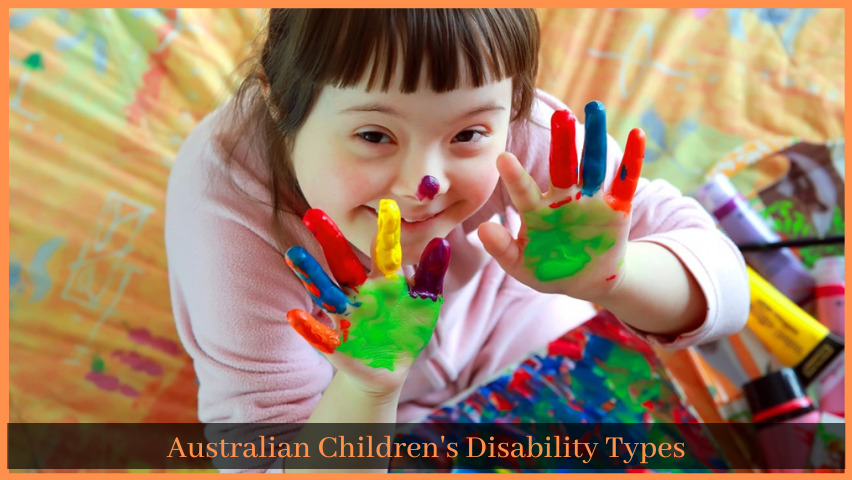Many hypotheses and stereotypes involve disabled people, but the whole concept of a disability goes beyond physical or mental illness. Australia recognises an impairment as any condition that impairs the ability of a person to carry out daily tasks. In particular, children with disabilities are at risk, with some research showing that children are more likely to be abused, neglected and other forms of abuse. Fortunately, for children with disabilities, NDIS services are available.
Learn how disabilities impact Australian children and the type of support NDIS can provide.
What is a disability?
Any condition that limits the daily life of a person is a disability. Disabilities can be multiple and congenital, which means they have been present since birth. Due to an accident or injury, the condition may also be found later in childhood.
Experts classify disabilities as the difficulty of a child in its core daily functions. Those activities include proper self-care, communication, transportation and participation in events such as schools or work. The level of support required for the performance of these tasks can also be used to measure disabilities.
School is an important part of most children’s lives, providing a chance to socialise, learn and succeed. If a child’s disability impairs his/her education, its overall development can be greatly affected. . Children must be involved as much as possible in schooling. Children with disabilities are often able to participate in schooling with special equipment, extra support, or special classes or schools.
What are Australian Child Disability Types?
Physical, psychological, intellectual and sensory/speaking conditions include disabilities for children. In many ways, handicaps affect the lives of a child. Observers may have conditions while other problems do not appear immediately apparent to externals. Recall that any disability prevents a child from administrating its day-to-day functions without help. Every child may have disabilities that differ.
In 2015, SDAC identified 7.4% of children under the age of 14 in Australia as having some sort of disability. At that time, 329,000 children were responsible. Disabilities have been reported more prevalent in children than in girls, as 9.4% of boys and 5.4% of girls are somehow disabled.
The most common intellectual disabilities were around 190,000 or 4.3 percent of Australian kids reported. In 140,000 children or 3.2 percent of the population, sensory and language disabilities have been second most frequently. The next most common types of disability were psychosocial, physically restrictive and other forms of disability. The less common form was acquired brain damage or head damage.
Of the 329,000 Australian children with disabilities, 219,000 had school restrictions and 177,000 were severely affected. Boys had a more serious disability than girls. In children living in the internal region and low-income households children, disabilities have been more common. In similar frequencies, however, disabilities between indigenous and non-independent families were found.
Severe handicaps have been seen more often in children 5-9 years of age than children 10-14 years of age or 4 years of age. This age group could see higher incidents for several reasons:
- When the child starts schooling, activity restrictions become more apparent
- Assistance and diagnosis at this age are more common
- Problems can be resolved or managed more easily when children get older
- Children 0-4 years old are difficult to diagnose and require regular help due to their age and development.
What is the coverage of NDIS?
The NDIS has been designed to support people with permanent, significant disabilities in Australia. Besides other forms of medical, mental, and social assistance, NDIS is available. These systems are not replaced by them, but rather offer services, refers and links to groups like physicians, libraries, clubs, support groups and governments of the state and the territories.
NDIS services for children are based on their age. NDIS concentrates on early childhood intervention for children under 7 years of age.
These years are a vital opportunity for children to learn their lifelong skills. For children under the age of 7, both short and long term support is available.
For children aged 7 and over, NDIS can cover a range of situations. Where an Australian citizen lives in Australia or holds a visa from a permanent or special class, a child may qualify for a visa if it falls within the following categories:
- Usually, another person needs support to perform daily tasks
- Use specialist equipment to carry out key life tasks
- Need additional support now to reduce support later in life
A disability can have any effect on the daily life of your child. If your child describes one of these categories, they may qualify for NDIS life-changing help.




